
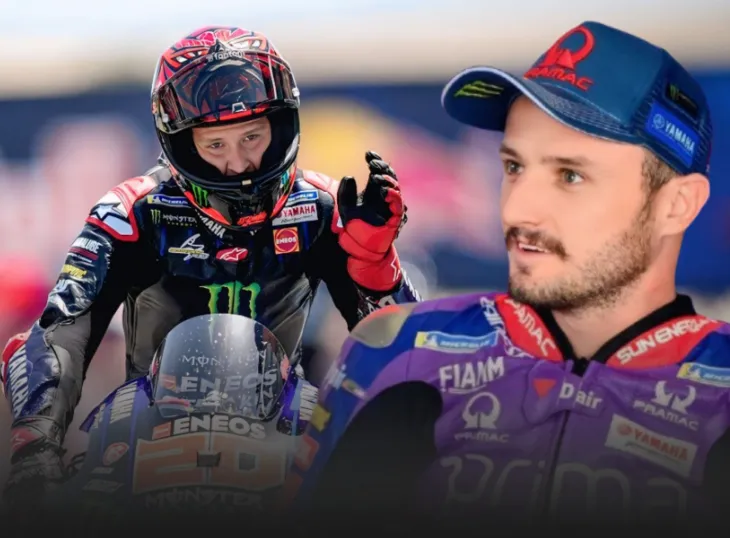
Jack Miller Praises Fabio Quartararo After the Spanish GP: What Secrets Will Be Revealed to Elevate the Yamaha M1?
In the intensely competitive world of MotoGP, adaptation, analysis, and self-awareness often separate champions from contenders. Jack Miller, the experienced Australian rider now riding under the Prima Pramac banner, recently provided a revealing glimpse into his approach to the challenges of racing on Yamaha machinery. But what truly caught attention was his candid admiration for Fabio Quartararo, whose impressive performance at the Spanish Grand Prix left even fellow competitors in awe.
As Miller attempts to unlock the full potential of the Yamaha YZR-M1, his comments suggest a rider who is not only eager to improve but who deeply understands the nuanced engineering and strategic demands of modern MotoGP competition.
Fabio Quartararo’s Dominance Sends a Clear Message
Miller did not mince words when discussing Quartararo’s performance in Jerez. Describing it as a “fantastic weekend,” Miller pointed out how Fabio’s pole position and subsequent race dominance were not just a product of raw speed but also of deep familiarity with his bike and track conditions.
“He just rode an incredible race,” Miller commented. “You could see that especially in the second half of the race—his pace was consistent, clean, and unshakable. That’s the level we all aim for.”
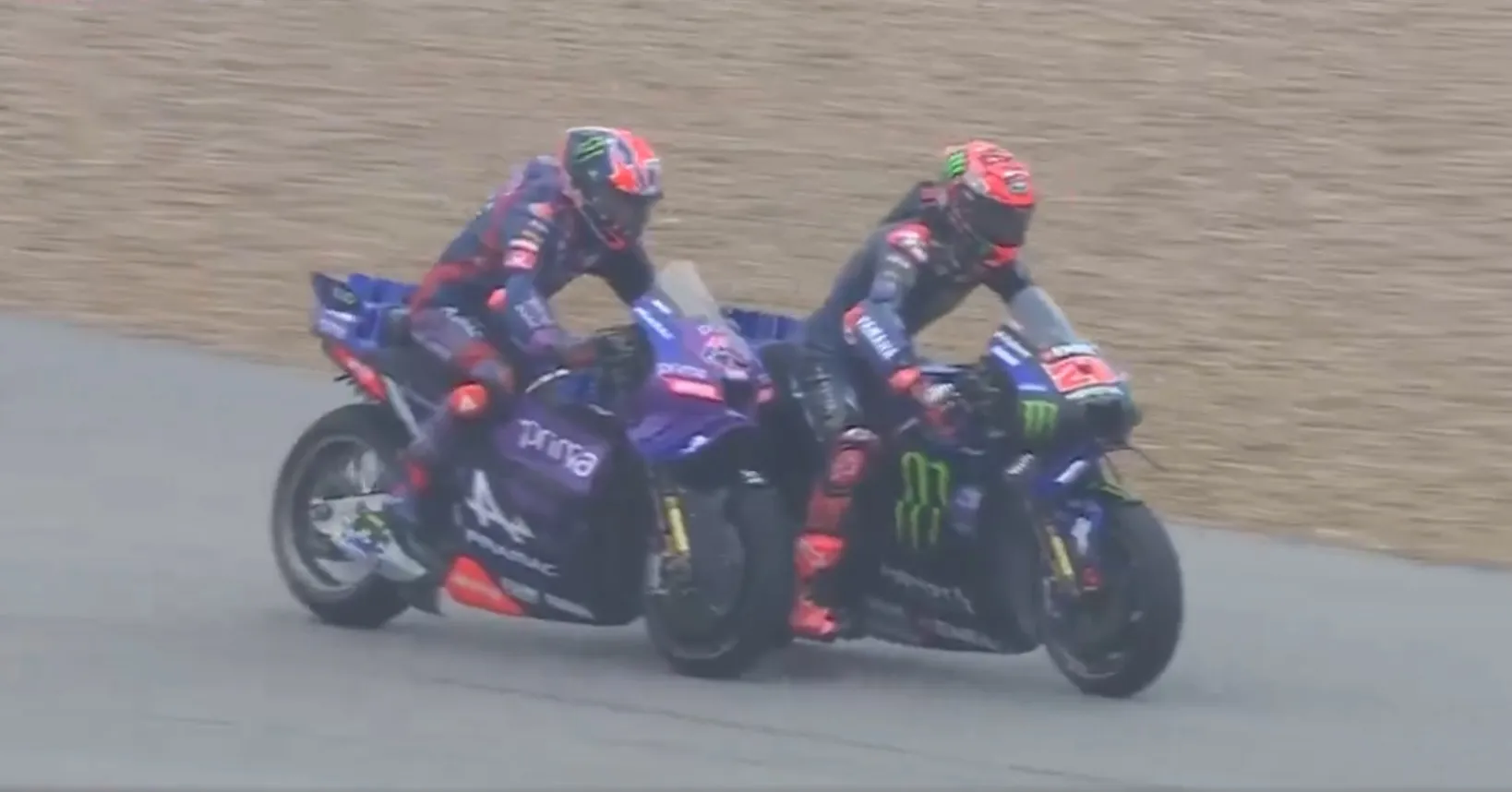
Indeed, Quartararo’s racecraft has always included surgical precision and unrelenting pace—two attributes that surfaced clearly in Jerez. But what stood out even more was the way in which his M1 worked with him, not against him, especially when under pressure.
It’s worth noting that the Yamaha has long been considered a bike requiring finesse and rhythm, rather than brute force. Quartararo’s ability to extract peak performance from the M1 while many others have struggled speaks to his synergy with the machine.
Miller’s Tactical Adjustment: Learning from the Best
Recognizing this, Jack Miller is consciously adapting his riding style. He acknowledged analyzing Quartararo’s data, particularly the way Fabio handles braking zones, corner entry, and throttle application.
“We’re going more and more in that direction,” Miller said. “We’ve seen the strengths Fabio has, and we’re trying to replicate some of that—not copy, but adapt it to suit my own riding style.”
This strategic shift is significant. Miller’s background with Ducati, a machine known for its explosive power and aggressive braking, demanded a completely different approach compared to the Yamaha, which emphasizes smooth transitions and front-end precision. Adapting to that change isn’t a small task—but it’s one Miller is embracing.
In fact, Miller admitted he’s working hard to recalibrate not just his riding inputs, but also the technical aspects of his setup: “It’s not about going after late braking anymore. It’s more about maximizing front-end grip and stability mid-corner.”
The Yamaha Philosophy: Balance Over Brute Force
One of the most telling aspects of Miller’s interview was his breakdown of the Yamaha development philosophy. Unlike other manufacturers who often lean into horsepower and aggressive electronics, Yamaha’s focus has been on chassis balance, corner speed, and predictability.
“With the Yamaha package,” Miller said, “you need the front end to be absolutely perfect. That’s the only way to make the bike flow the way it’s meant to.”
This viewpoint is not new. Riders like Jorge Lorenzo and Valentino Rossi have echoed similar sentiments during their time on Yamaha—success comes through rhythm, not aggression. Miller seems to be internalizing this wisdom as he finds new ways to tune his bike’s balance for maximum performance.
The Australian emphasized how every minor setup change now focuses on helping the front tire “do its job,” especially through long, flowing corners where Yamaha’s architecture should shine.
Miller’s Evolution: From Ducati to Yamaha Discipline
Jack Miller’s career has been defined by his aggressive, sometimes unpredictable, race style. Known for daring overtakes and risky maneuvers, his transition from Ducati to Yamaha reflects a profound professional evolution.
Where Ducati allowed him to out-muscle corners, Yamaha now demands that he out-think them.
The challenge for Miller is not just physical; it’s mental. He has to reprogram instincts developed over years on different machinery. That includes letting go of some of the habits that made him successful in the past.
But the payoff could be substantial. If Miller can successfully merge his natural aggression with the calculated discipline needed for the M1, he could emerge as a true threat—especially as Yamaha continues to evolve its bike for broader rider compatibility.
The Fabio Factor: Why Quartararo’s Ride Matters
Miller’s respect for Quartararo is not just collegial—it’s strategic. In the world of MotoGP development, rider feedback is gold. Quartararo’s ongoing development insights directly shape the Yamaha that Miller now rides.
“Fabio is clearly the reference point,” Miller noted. “He knows what the bike needs, and he pushes in the right ways.”
That reality is both a challenge and an advantage for Miller. While it means riding in a shadow, it also gives him a blueprint for success. With a skilled teammate and a growing understanding of the Yamaha ecosystem, Miller might be in the best position of his career to make the leap from solid top-10 finishes to regular podium contention.
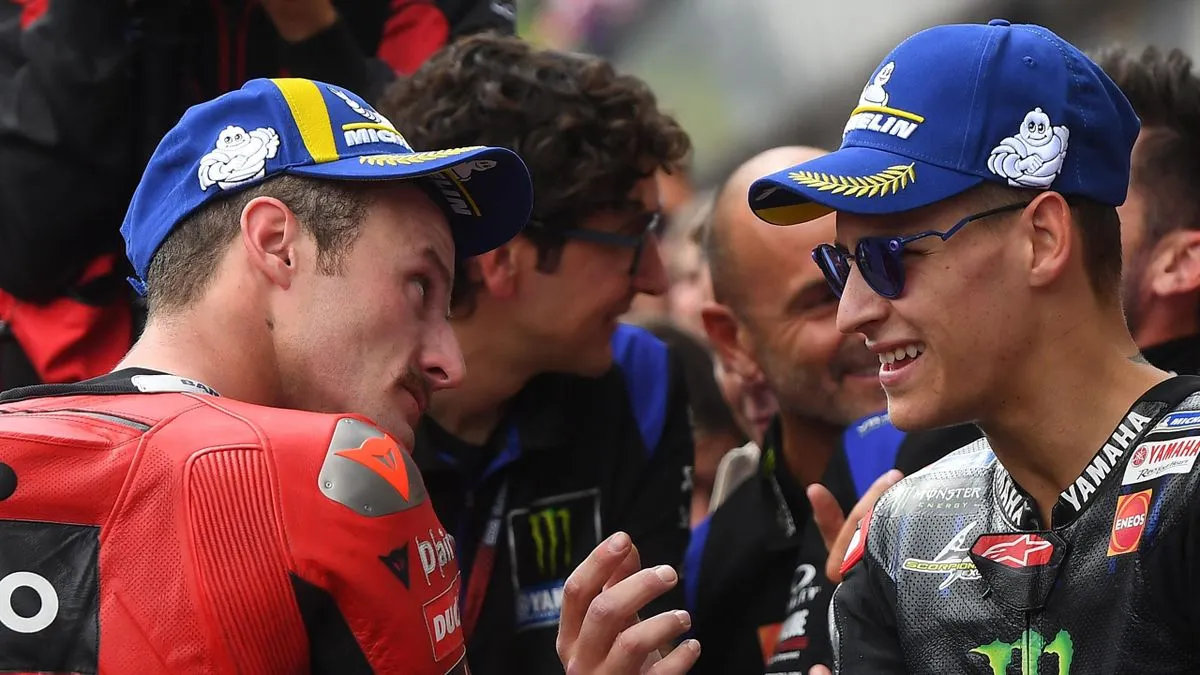
Yamaha’s Future: A Two-Pronged Attack
From Yamaha’s perspective, having two riders capable of developing and extracting results from the M1 is critical. Relying solely on Quartararo is not sustainable in the long term. With Miller now increasingly in sync with the M1’s demands, the team could soon have a formidable duo.
That said, there’s work to be done. Yamaha is still lacking straight-line speed compared to Ducati and KTM. But with Miller helping refine chassis and cornering characteristics while Quartararo pushes for engine upgrades, the development loop is healthier than it has been in years.
Can Miller Catch Up to Quartararo’s Pace?
That remains the big question. Quartararo’s mastery of the M1 didn’t happen overnight. It was the product of seasons of experience, endless testing, and a riding style uniquely suited to Yamaha’s strengths.
Miller has some catching up to do—not just in results, but in instinct. But if his words are anything to go by, he’s ready for the grind.
“I’m not trying to be Fabio,” Miller concluded. “But I’m trying to learn what makes him so fast on this bike and see how I can bring my own strengths into that equation.”
This humble yet confident approach might be exactly what Yamaha—and MotoGP—needs right now: a seasoned rider who’s willing to evolve.
Conclusion: Jack Miller’s Calculated Gamble Could Pay Off Big
In a championship increasingly dominated by razor-thin margins and intense technical scrutiny, Jack Miller’s decision to reinvent himself on Yamaha machinery could be a pivotal career move. By studying Fabio Quartararo not as a rival but as a model, he’s making strides toward becoming more than just a mid-pack fighter.
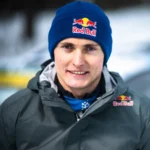
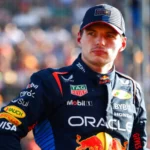



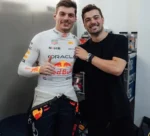


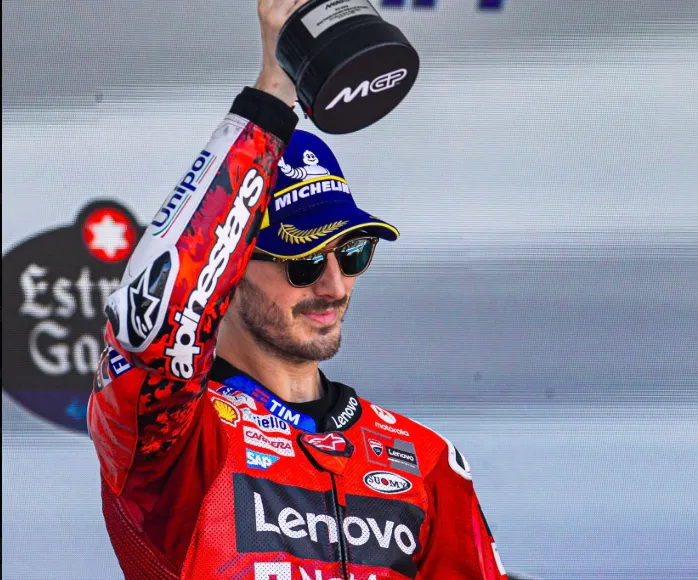
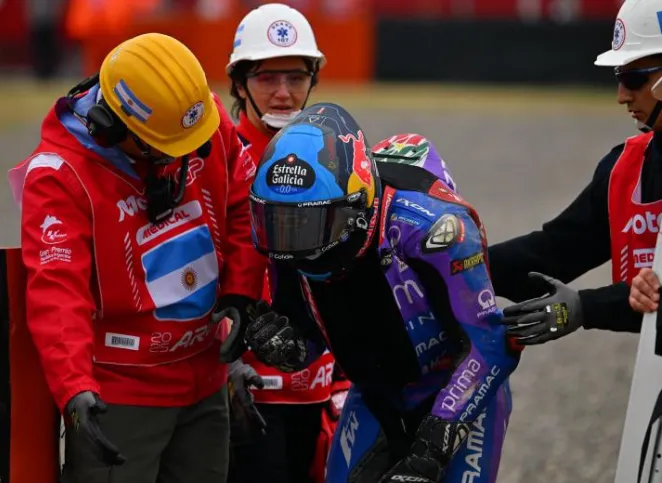
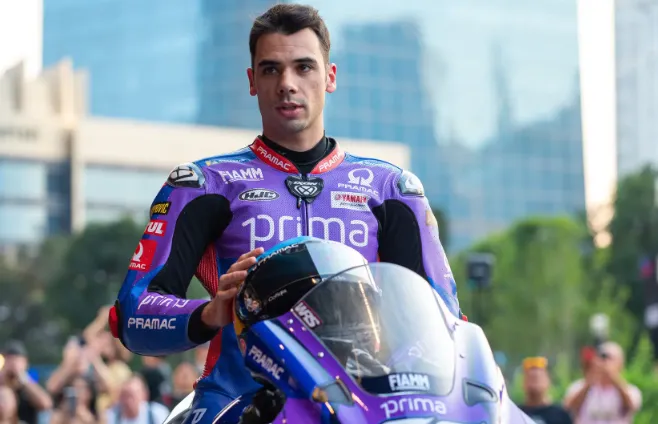
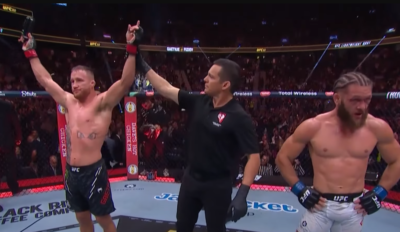
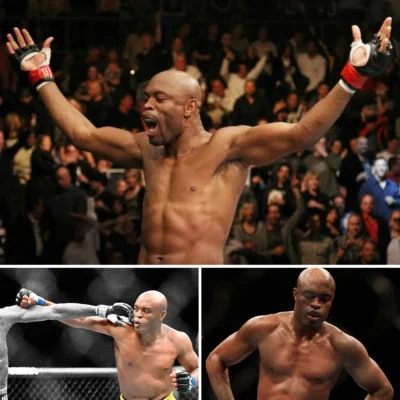





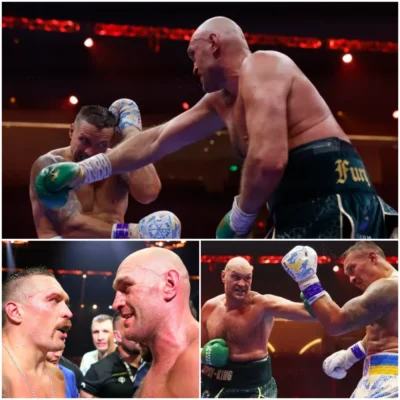
Post Comment